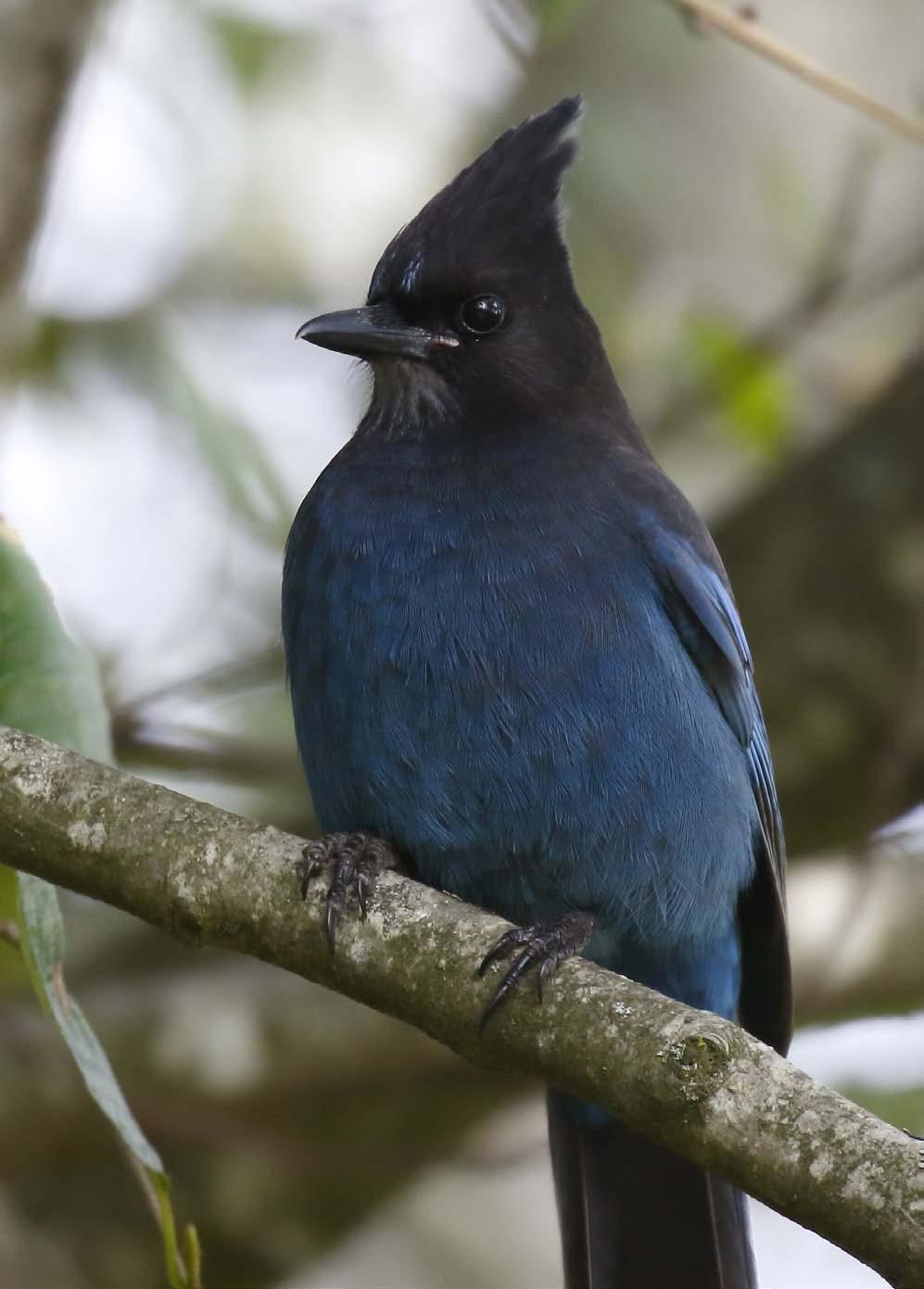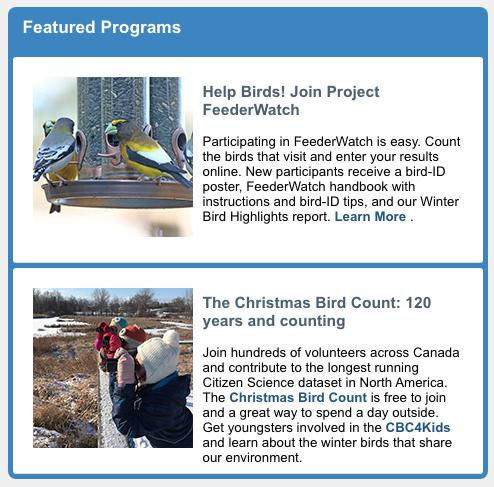
2 minute read
Hemlock Looper Moth outbreak at the Flats
From top clockwise: Female Looper Moth, Stellar Blue Jay, Male Looper Moth. Photos by Rob Alexander

Advertisement

BY ROB ALEXANDER
There were two species in this moth outbreak on the North Shore and at the Conservation Area at Maplewood Flats: the Hemlock Looper Moth and less plentiful, the Phantom Hemlock Looper Moth! The likely reason for the outbreak is that there have been a few hotter than normal summers in a row, along with drought conditions, which stresses trees. Summer 2019 there was plenty of moisture, which the stressed trees put out much new green growth and that’s what the Hemlock Looper Moth caterpillar feeds on.
Hemlock Looper Moth are serious defoliators, so hopefully our forests will be OK.
Another species that population seemed to grow is the Steller’s Jay. This summer and autumn I have never seen so many Steller’s Jay before!
They were probably feeding on the Hemlock Looper Moth caterpillars, which were plentiful and led to an increase in the population.
At Maplewood Flats, I saw twenty at one time, each flying to a tree in a leap frog fashion, then the next one would fly, and the first one would fly to the closest tree, then the third Steller’s Jay would fly to the first tree, jumping from tree to tree to tree!
Rob Alexander is a member of WBT and regularly contributes to Wingspan.
BIRD SURVEYS AND CITIZEN SCIENCE APPS
Tip #7 from 7 Things We All Can Do To Help Birds on page 11: Watch birds and share what you see. You can enjoy birds while helping science and conservation by joining a bird club or taking part in a bird survey.
BIRD SURVEYS:
If you’re interested in helping monitor bird populations in your yard or region, two great options from Bird Studies Canada are Project FeederWatch or the Christmas Bird Count: www.birdscanada.org/index.jsp For more general interest, try iNaturalist or Seek. Both are free smartphone apps.
What’s the difference?
iNaturalist is amazing to help identify random insects, plants or fungi without going to a field guide. You upload a photo, and it lists the top suggestions based on image recognition software, and what has been seen in your area. Often it’s spot on, but if not it also has a community of users who can confirm or suggest ID’s. It lets you post

CITIZEN SCIENCE APPS
One great way to contribute to science and learn about nature is to contribute to a Citizen Science project. For birds, you can list your sightings on eBird. There is both an online interface, and a convenient app for your phone: www.ebird.org/canada/home

observations linked to the location you took the photo, contributing to its database.
Seek uses the image-recognition software developed in iNaturalist, and suggests the likely species for anything you point your phone at. It can connect to iNaturalist account, but does not require you to share your location making it appropriate for younger naturalists.
•Get outside and point the Seek Camera at living things. •Identify wildlife and plants you see and take pictures to earn badges •Learn fun facts about the organisms all around you •To download or for more information, visit iNaturalist’s webpage for Seek: www.inaturalist.org/pages/seek_app











